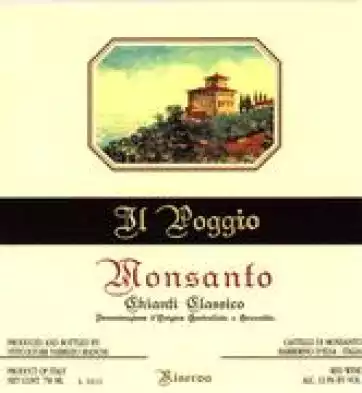Fruit Pizza

Fruit Pizza might be just the Mediterranean recipe you are searching for. One serving contains 240 calories, 1g of protein, and 18g of fat. This recipe covers 3% of your daily requirements of vitamins and minerals. This recipe serves 12. A mixture of butter, fruit, whipping cream, and a handful of other ingredients are all it takes to make this recipe so flavorful. From preparation to the plate, this recipe takes roughly 1 hour and 20 minutes. It is a good option if you're following a gluten free diet.
Instructions
1
Heat oven to 375F. Lightly spray 14-inch pizza pan or 15x10-inch baking pan with cooking spray.
Ingredients you will need![Cooking Spray]() Cooking Spray
Cooking Spray
Equipment you will use![Baking Pan]() Baking Pan
Baking Pan![Pizza Pan]() Pizza Pan
Pizza Pan![Oven]() Oven
Oven
2
In medium bowl, stir cookie mix, melted butter and egg until soft dough forms. Press dough in bottom of pan.
Ingredients you will need![Cookie Mix]() Cookie Mix
Cookie Mix![Butter]() Butter
Butter![Dough]() Dough
Dough![Egg]() Egg
Egg
Equipment you will use![Bowl]() Bowl
Bowl![Frying Pan]() Frying Pan
Frying Pan
3
Bake 10 to 15 minutes or until light golden brown. Cool completely, about 45 minutes.
Equipment you will use![Oven]() Oven
Oven
Ingredients
Recommended wine: Chianti, Trebbiano, Verdicchio
Chianti, Trebbiano, and Verdicchio are my top picks for Italian. Italians know food and they know wine. Trebbiano and Verdicchio are Italian white wines that pair well with fish and white meat, while Chianti is a great Italian red for heavier, bolder dishes. One wine you could try is Castello di Monsanto Il Poggio Chianti Classico Riserva. It has 4.8 out of 5 stars and a bottle costs about 40 dollars.

Castello di Monsanto Il Poggio Chianti Classico Riserva
Born in the vineyard “Il Poggio” (5.5 Ha, 310 metres a.s.l.) from which in 1962, it took its name: it is the first Chianti Classico Cru. Made of 90% Sangiovese and from 7% Canaiolo and 3% Colorino, it ages for 20 months in French oak barrels. Today it represents the most prestigious product of the company, appreciated all over the world. It is produced only in the best vintages. The company has chosen to keep a considerable quantity of bottles of this wine in the cellar being the permanent archives, able to tell the history of Castello di MonsantoDifficultyExpert
Ready In1 h, 20 m.
Servings12
Health Score0
Dish TypesSide Dish
Related recipes
Garlicky Green Beans
Stuffed Shells with Meat Sauce
Roasted Russet & Sweet Potato Wedges
Maple Baked Beans
Magazine

Your Inner Chef with Taylor Swift's Top 3 Recipes from Her Beloved NYC Hangout

20 Mouthwatering Recipes You Need to Try Today!

Master the Art of Making Perfect Pancakes with This Foolproof Recipe

The Science Behind Red Wine: Its Surprising Health Benefits and Potential Risks

12 Wine Cocktails for a Sophisticated Twist

Sip, Swirl, and Celebrate: Toasting to National Wine Day on May 25th

National Drink Wine Day on February 18

Celebrating Souffle Day with Delectable Delights

Indulge in the Delightful Flavor of Oyster Soup on Its Special Day!

Celebrating World Nutella Day

Your Inner Chef with Taylor Swift's Top 3 Recipes from Her Beloved NYC Hangout

The Science Behind Red Wine: Its Surprising Health Benefits and Potential Risks

12 Wine Cocktails for a Sophisticated Twist

Celebrating Souffle Day with Delectable Delights

Indulge in the Delightful Flavor of Oyster Soup on Its Special Day!

Celebrating World Nutella Day

These Super Recipes for Your Football Party!

The Secrets Behind 3 Classic Comfort Food Recipes

Celebrate National Pizza Day on February 9th with Mouthwatering Slices and Fun Facts






















